The art of pouring a beer might seem simple, but achieving the perfect foam—known as the head—requires technique, patience, and an understanding of the science behind it. Among the many methods debated by brewers and beer enthusiasts, the 45-degree tilt with a slow pour along the glass's inner wall stands out as a reliable way to create a rich, long-lasting foam. This method isn’t just about aesthetics; it enhances the beer’s aroma, flavor, and overall drinking experience. But why does this particular angle and pouring speed matter so much? The answer lies in the delicate balance between liquid and gas, the proteins in the beer, and the way carbon dioxide behaves under different conditions.
When a beer is poured too aggressively straight into the center of the glass, the rapid release of carbon dioxide creates large, unstable bubbles that dissipate quickly. This results in either excessive foam that overflows or a weak head that vanishes within seconds. In contrast, the 45-degree tilt and slow pour along the side minimize agitation, allowing the CO₂ to release gradually. The gentle introduction of liquid into the glass encourages the formation of smaller, more stable bubbles. These tiny bubbles are packed tightly together, creating a dense, creamy head that clings to the glass and lingers much longer.
The proteins in beer, particularly those derived from malted barley, play a crucial role in foam stability. These proteins, along with hop compounds, form a network around the bubbles, acting like a scaffold that prevents them from bursting too quickly. A slow pour at an angle ensures that these proteins have time to arrange themselves properly, reinforcing the foam’s structure. Additionally, the slight tilt reduces the beer’s velocity as it enters the glass, preventing excessive turbulence that could disrupt this delicate protein matrix. The result is a head that not only looks appealing but also contributes to the beer’s mouthfeel and taste.
Temperature also influences foam retention. Colder beer holds carbon dioxide more effectively, which is why a properly chilled glass is essential for maintaining a lasting head. When beer is poured too warm, CO₂ escapes more rapidly, leading to flat, lifeless foam. The 45-degree technique helps mitigate this by controlling the rate at which gas is released, but starting with a cold glass and cold beer is equally important. Some experts even recommend rinsing the glass with cold water before pouring to remove any residual oils or detergents that could destabilize the foam.
Glassware shape is another factor that interacts with pouring technique. Traditional beer glasses, such as pilsner or tulip glasses, are designed to showcase and preserve foam. Their tapered or curved shapes help concentrate aromas while supporting the head’s structure. When using these glasses, the 45-degree pour becomes even more effective, as the geometry of the glass works in harmony with the slow, angled delivery of the beer. A straight-sided pint glass, while common, doesn’t always provide the same level of foam retention, which is why certain beer styles benefit from specialized vessels.
Beyond the technical aspects, the ritual of pouring beer this way connects drinkers to a long-standing tradition. In many European beer cultures, particularly in Belgium and Germany, the proper pour is considered an essential part of serving beer. Bartenders and brewers take pride in delivering a beer with a perfect crown of foam, knowing that it signifies quality and care. For home enthusiasts, mastering the 45-degree pour is a small but meaningful way to elevate the drinking experience, turning an ordinary beer into something more refined and enjoyable.
Experimentation is key to finding the ideal pour for different beer styles. Lagers and pilsners, with their high carbonation, may require a slightly steeper tilt or a slower pour compared to stouts and porters, which often have lower carbonation but thicker, creamier heads. Wheat beers, known for their voluminous foam, benefit from an even more controlled pour to prevent overflow while still achieving the desired texture. Adjusting the angle and speed based on the beer’s characteristics can make a noticeable difference in the final presentation and drinking experience.
Ultimately, the 45-degree slow pour isn’t just a trick—it’s a science-backed method that honors the craftsmanship behind brewing. A well-poured beer with a lasting head is a sign of respect for the ingredients, the process, and the people who enjoy it. Whether you’re a casual drinker or a dedicated beer aficionado, taking the time to pour properly enhances not only the beer’s appearance but also its taste and aroma. The next time you crack open a bottle or pull a draft, remember that the angle of your pour might be the difference between a good beer and a great one.
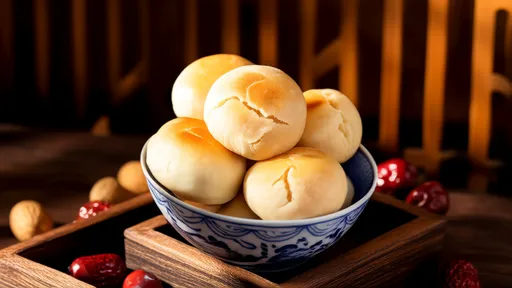
By /Jul 31, 2025
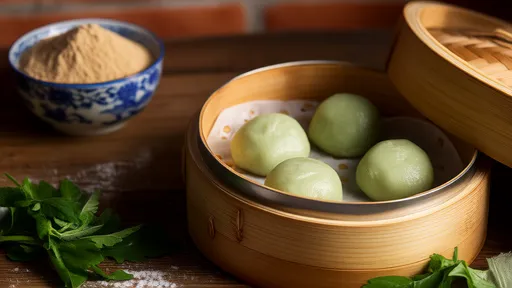
By /Jul 31, 2025
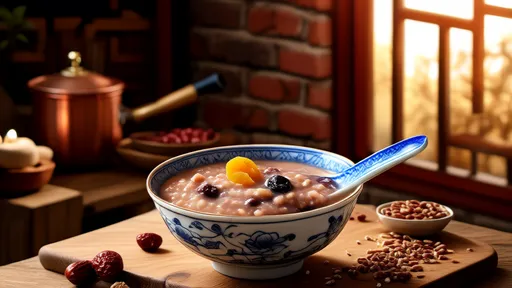
By /Jul 31, 2025
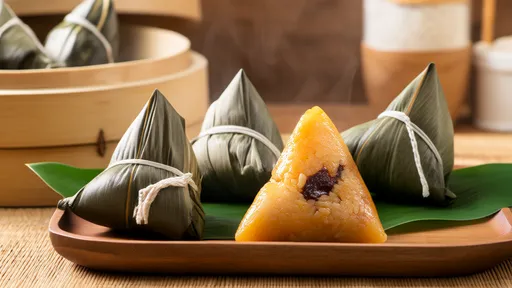
By /Jul 31, 2025
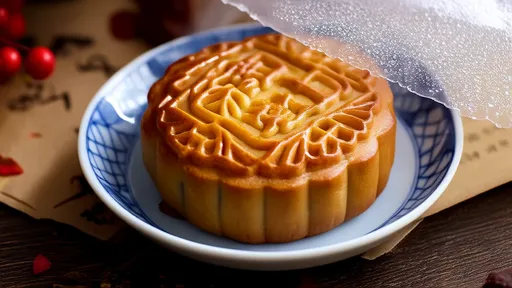
By /Jul 31, 2025

By /Jul 31, 2025

By /Jul 31, 2025
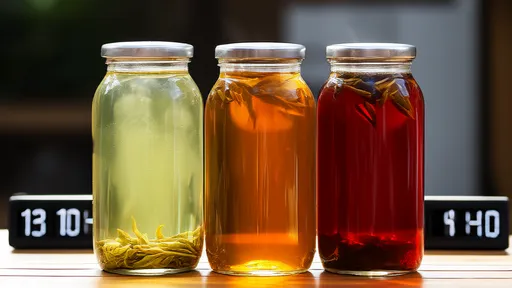
By /Jul 31, 2025

By /Jul 31, 2025
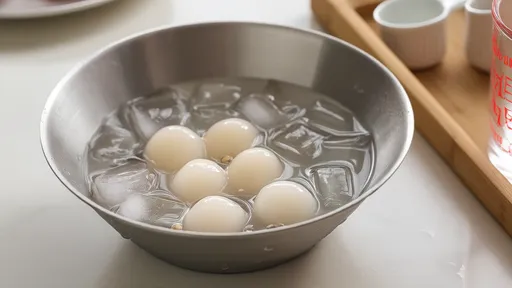
By /Jul 31, 2025
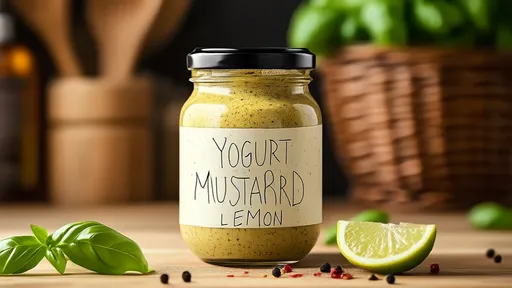
By /Jul 31, 2025
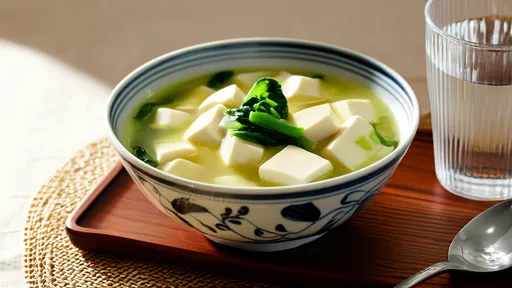
By /Jul 31, 2025
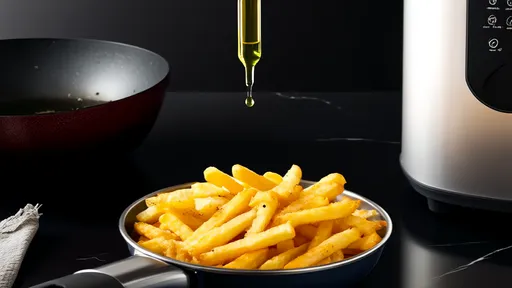
By /Jul 31, 2025
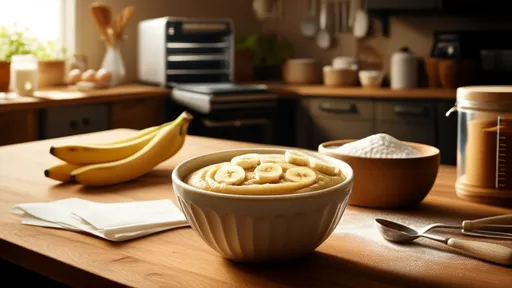
By /Jul 31, 2025
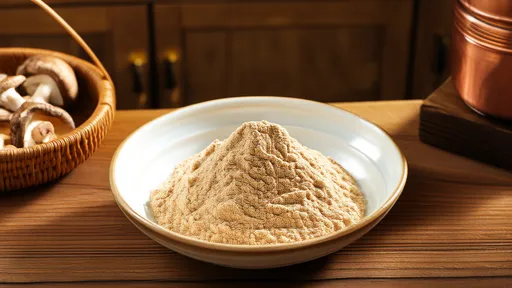
By /Jul 31, 2025
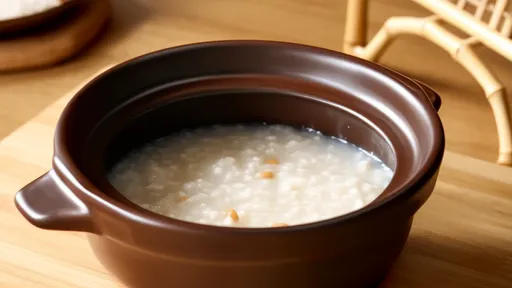
By /Jul 31, 2025
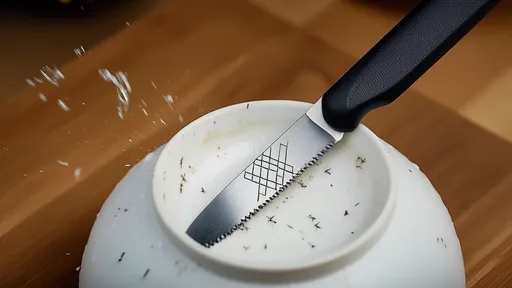
By /Jul 31, 2025
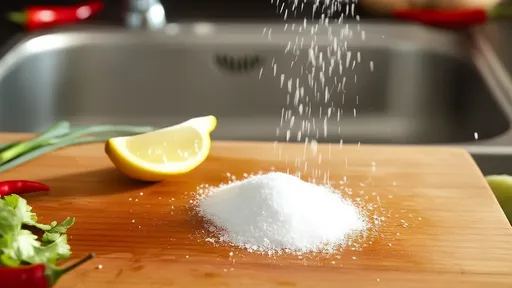
By /Jul 31, 2025
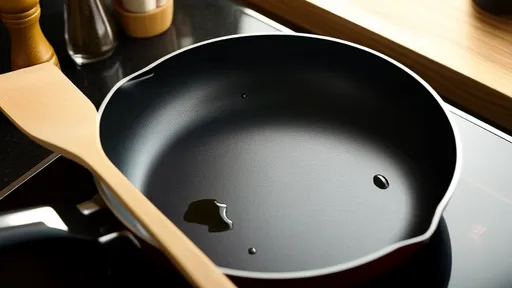
By /Jul 31, 2025
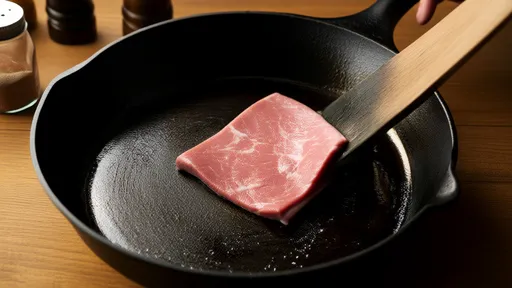
By /Jul 31, 2025